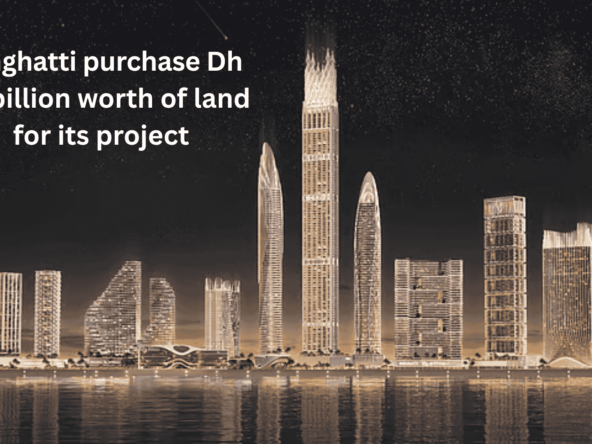His Highness Sheikh Mohammed bin Rashid Al Maktoum, UAE Prime Minister, Vice President, and Ruler of Dubai, took part in the inauguration ceremony marking the beginning of the Dubai Metro Blue Line on June 9, 2025.
What makes this metro line stand out the most?
The most remarkable feature of this metro line is that it will include the tallest metro station in the world. Another interesting aspect is that, starting from its expected completion in 2029, Emaar Properties has acquired naming rights for the first 10 years, and the station will be called ‘Emaar Metro Station’.
What are the most exciting aspects and must-know details of the world’s tallest metro station?
Emaar has secured the naming rights for the station, which will be called ‘Emaar Metro Station’. And since it’s set to be the tallest metro station in the world, you might be interested to know that its actual height will be 74 meters.
The design of this metro station will be completely different from any existing metro station in the world.
This station will mark the starting point of the 30-kilometer Blue Line, expanding the Dubai Metro network to a total of 131 kilometers and 78 stations.
What is the official date of the metro line’s inauguration?
According to the Roads and Transport Authority (RTA), this metro station is scheduled for completion by September 9, 2029. The date has been chosen as a tribute to the original Dubai Metro, which was inaugurated on September 9, 2009. In Dubai, the original metro is fondly referred to as ‘9-9-9’ about its launch date.
This blog offers informative guidance for anyone considering using the Dubai Metro Blue Line in the coming years. It’s important to know where the line will run and how many areas it will serve. The Blue Line will provide service across 9 districts in Dubai. Additionally, it will connect to the existing Green Line at Creek Station. Three key interchange stations—Al Jaddaf, Al Rashidiya, and International City 1—will allow passengers to easily transfer between lines.
The Blue Line route from Centrepoint is expected to include a station in Mirdif, possibly near the Mirdif City Centre Mall. It will then move through Al Warqa, Dubai International City’s three phases, and Dubai Silicon Oasis before terminating at Dubai International Academic City.
The Blue Line begins at Creek and makes history by crossing Dubai Creek on a 1.3 km elevated track—the first of its kind in the metro system. It will serve Dubai Festival City and Dubai Creek Harbour, move through Ras Al Khor Industrial Area, and connect with the Centrepoint line at Dubai International City 1, a major transfer hub.
What’s the maximum daily passenger capacity of this metro line?
The Blue Line will cover a distance of 30 kilometers, with 21 kilometers forming the main route and 9 kilometers making up the secondary segment. Once completed, the Dubai Metro will extend to a total of 131 kilometers, with 78 stations and 168 trains.
Designed for high passenger flow, the system will support over 850,000 daily riders. According to estimates, the number of commuters will grow from 200,000 a day in 2030 to 320,000 by 2040.
Conclusion:
The Blue Line is set to become a key part of Dubai’s infrastructure, offering efficient transportation to over 850,000 people per day. It will ease congestion, save time, and make the city’s essential areas more accessible to everyone. Dubai is not just a city with fancy buildings and luxury cars. It’s a city that takes care of everyone, from the ultra-wealthy to the people who are chasing their dreams. This development is not just another record for the city. It will have a positive impact on the lives of people who are living here. This is not a one-off announcement; Dubai is continuously moving forward towards making it a dream city for everyone.



